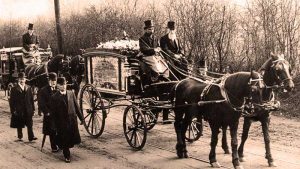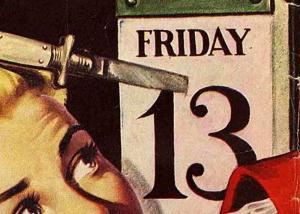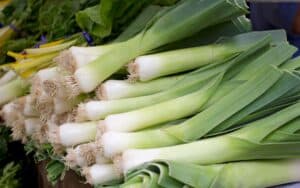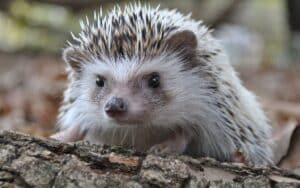CLAIRE BARRAND explains the superstitions and customs of Beltane in Wales, the Gaelic May Day festival celebrating fertility and new growth
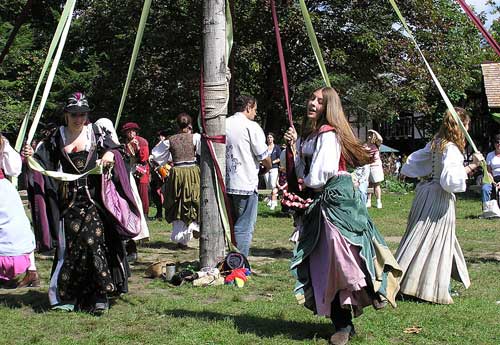
As a pagan festival, Beltane has mostly died out since the mid-20th century, but many customs continue today, and in many places, it is being revived as a cultural event.
In Wales on May 1st, there are some superstitions and customs still practiced today that date back to Druid times.
Known as Calan Mai or Calan Haf, the first of May was an important date in the calendar because it signifies the beginning of summer. Nos Galan Mai was May’s Eve.
May Day is the day that farmers would turn their herd out to pasture.
The Beltane fires that are traditionally observed represented purification and the banishing of disease and the ceremonies are extravagant with music costume and dancing.
Until the mid-19th Century, a calf or sheep might have been sacrificed to the fire as an attempt to prevent disease in the entire flock.
As well as the opportunity to keep herds healthy, divination would be carried out during this festival and spirit nights known as Ysprydnos took place on May’s Eve.
This was thought to be one of the three nights of the year that the veil to the spirit world was at its thinnest and people would use this to foretell who their true love would be.
Flowers for Beltane in Wales
Locals would gather hawthorn and flowers and decorate the outside of their houses.
It was, however, thought to be unlucky to bring hawthorn inside a home. The mayflower was likely cowslips, and that would also be collected in some parts of Wales, to represent new growth and fertility.
In Anglesey and Caernarfonshire, gware gwr gwyllt was a straw man that would be hanged near a woman by a man that wanted her to know he held her in his affections, and he would pin a note to it.
This was a common sight on May’s Eve, and often this bold declaration would lead to fights in the street between jealous love rivals.
A Fight between Summer and Winter
Calen Haf was also a time where a mock fight would take place between two men representing Winter and Summer.
The man dressed as Winter carried a stick of blackthorn and a shield with wool stuck on it to signify snow.
The man dressed as Summer would be adorned with flowers and ribbons and carry a wand made of willow with more flowers and decorations on it.
The Winter man would throw straw at the force of Summer, who would battle back with his wand, and branches of birch and fern.
Of course, Summer would always win the battle, and afterward, he would choose a May King and Queen who would be crowned before the festival began, full of drinking, laughter, and games until the early hours of the morning.
Village Greens, the place for singing and dancing
Twmpath Chare or Tump for Playing – namely the village green – also would be officially opened on May Day.
Village greens are traditionally used for locals to gather and play sports, and on this day, the green would be decorated with branches of oak and people would dance around a mound with a harpist or fiddler playing in the centre.
Summer dancing was known as Dawnsio haf, and May carols would be sung – Carolau Mai.
Often these songs would be quite explicit in nature, but basically, they were intended to be giving thanks for the season.
The singers, if worthy, would be rewarded with food and drink.
Mead was the more common drink or Metheglin (nothing to do with Meths!).
This was a beverage made with herbs including woodruff, a sweet-scented herb which was often used in wine thought to be a tonic for the heart and liver. Elderberry and rhubarb wine was also a favourite May Day drink.
The Maypole, a part of Welsh culture
The Maypole that is more widely recognised in May Day traditions, was very much an essential part of Welsh culture.
It would be fashioned out of birch wood and painted bright colours, adorned with ribbons and hoisted into the air and dancing would commence.
In North Wales, it was a slightly different method, called “Cangen Haf” and up to 20 young men would dress in white with ribbons, except for two who would be named “Fool” and “Cadi.”
The Cadi would carry the “Cangen Haf” which would be decorated with watches, spoons and silver items donated by the village folk.
Singing and dancing they would carry this through the village knocking on doors and asking for money as they did so.

